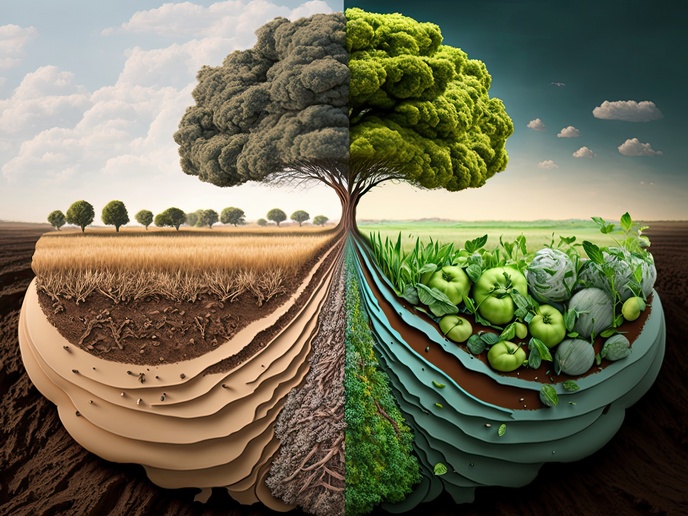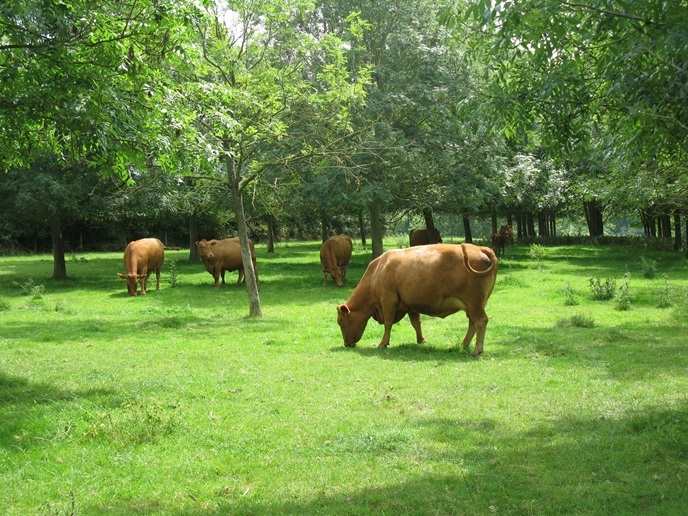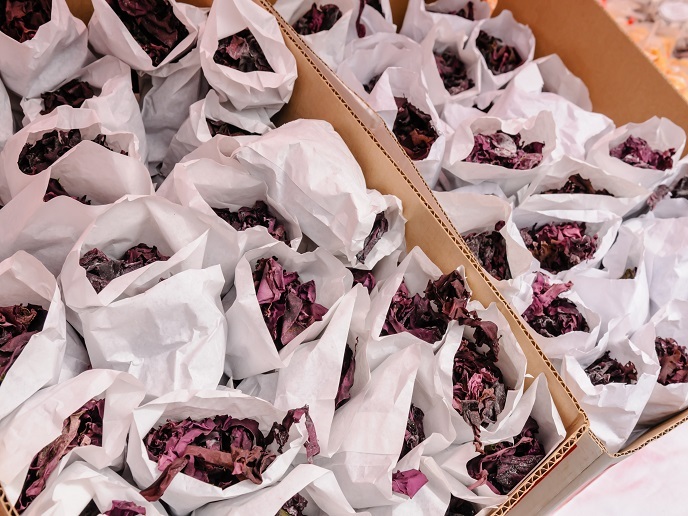Fibre crops researched by EU-China consortium
Traditional fibre crops like cotton, flax and hemp are becoming important raw materials for non-textile applications such as eco-friendly building materials, cosmetics, medicines and chemicals. Since China is by far the biggest producer of these crops, EU researchers have collaborated with Chinese colleagues to develop innovative fibre-based products. The EU-funded FIBRA(opens in new window) (Fibre crops as a sustainable source of bio-based materials for industrial products in Europe and China) project aimed to link European and Chinese research activities. The intention has been to develop common long-term goals and activities in fibre research. This was achieved through workshops, twinning events showcasing each partner's research activities, and training courses and summer schools held in both China and Europe. An advisory board of fibre crop specialists has coordinated the project's activities, along with Chinese experts in breeding, genetics and textiles. FIBRA partners used genetic information and insight into agricultural growing practices and processing techniques to optimise fibre crops' raw materials for multiple uses. They also turned fibre crops into green chemicals and energy by developing a biorefinery production chain. As well as traditional fibre crops, FIBRA also used feedstocks like miscanthus, giant reed, switchgrass and bamboo as alternative crops. Such high-yielding, low-input crops could provide the raw materials for production of paper, bioenergy or building materials. FIBRA has successfully widened the participation of stakeholders and implemented a common research programme to fulfil the integration of EU policy targets. It has also improved training opportunities for scientists in both the EU and China through summer schools, training courses and short-term exchanges. This exchange of know-how will help to improve the utilisation of fibre crops in both the EU and China, through increased productivity and innovation. The FIBRA network has provided the long-term vision for the for future common research activities that will enhance Chinese-European trade relations and boost each region's market share of fibre crops.







